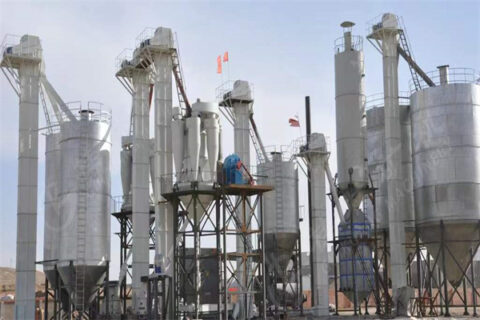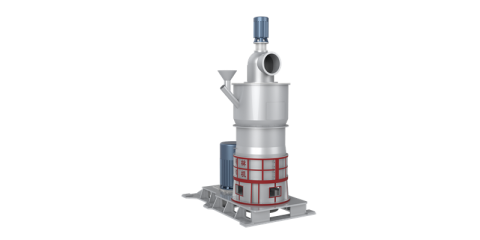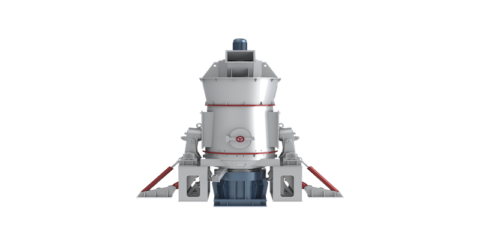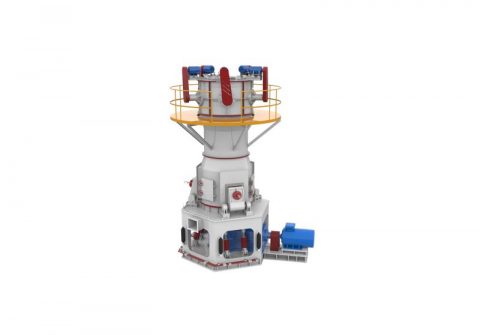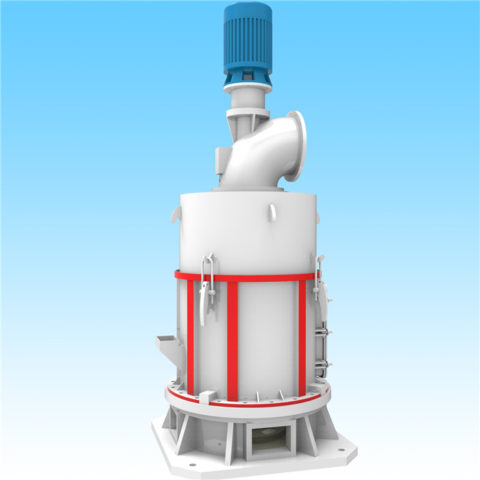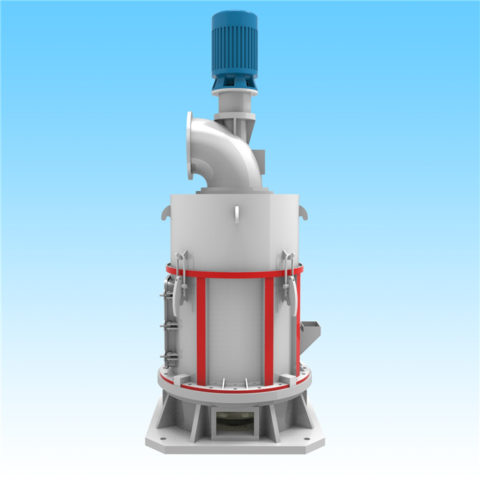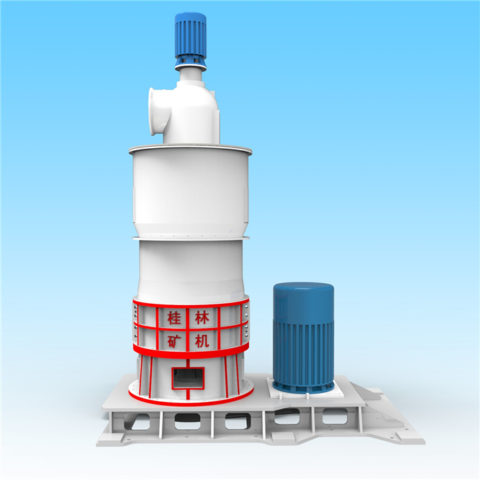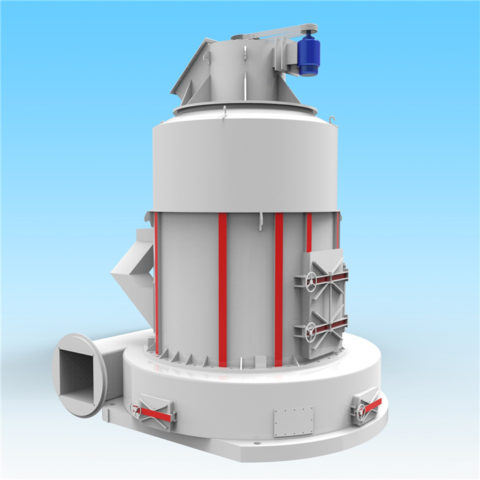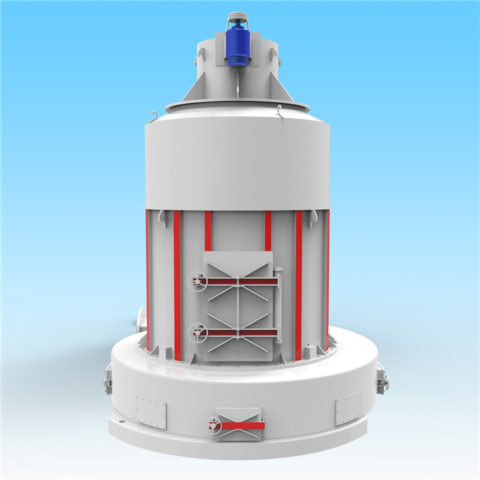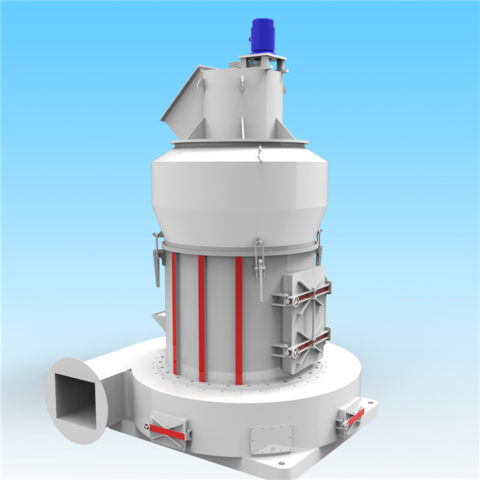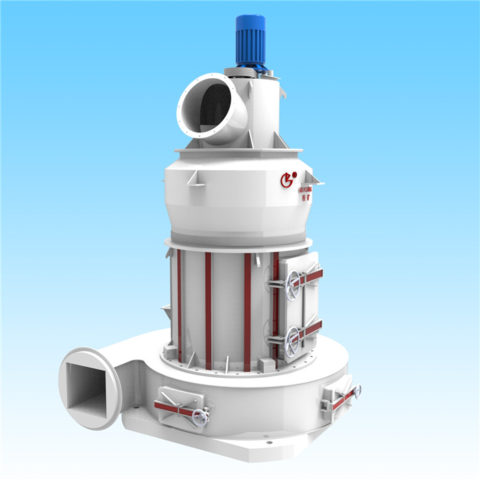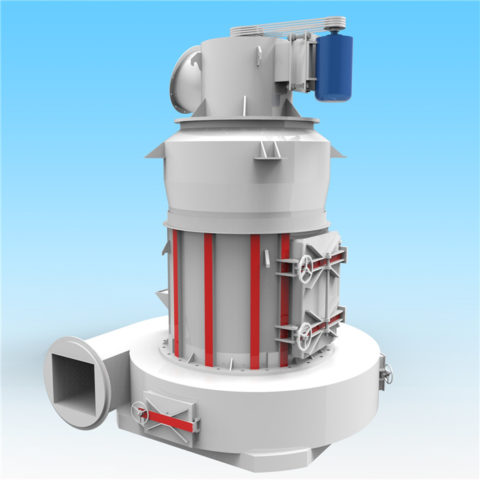Vertical mill development is late, but due to its excellent technical properties, it has been widely used in modern industrial raw material grinding production, especially cement clinker and slag grinding often used in vertical roller mill. The following are the reasons for the excessive vibration in the vertical grinding production process and the solutions.
In the normal operation, the vertical grinding of the material layer and the shape of the material surface are not maintained, which will cause the vertical grinding vibration. The causes of the vertical grinding vibration and the treatment measures are as follows:
1) The foreign matter inside the mill causes vibration.
Metal foreign objects from inside and outside the mill, such as wind guide vanes, and tools left over after repair. If it is a small metal, it can lift the grinding roller and reduce the air suction, and take it out from the material returning port; if it is a large metal, it should be opened and removed.
2) The material layer is too thick to cause vibration.
The amount of material to be milled is too large → the thickness of the material layer is thick → the grinding capacity is reduced → the material cannot be finely ground in time → the grinding powder remains unqualified, and the air volume of the system is insufficient, the wind speed of the spray ring is reduced → the qualified powder can not be passed Bring out the system in time → the concentration of circulating fluid in the grinding chamber is increased → the powdery material is returned to the grinding disc → thickened layer. Such a vicious cycle causes the layer to hold up the grinding roller too high to cause vibration. At this time, the feed amount should be reduced in time to ensure that the system is well ventilated and the discharge is smooth.
3) The material layer is too thin to cause vibration.
The amount of material to be milled is small or the material to be milled is too fine, and there are many powdery materials. At this time, the material has strong fluidity and poor adhesion, and the rolling of the grinding roller causes the material on the grinding disc to be quickly ground into a qualified finished product. Excess air volume will soon take the fine powder out of the system, making the upper layer of the grinding disc too thin or unable to form an effective layer, causing the grinding roller and the grinding disc to contact and cause vibration. At this time, the feed amount can be increased, the air volume can be reduced, the water spray amount can be increased, and a certain layer of the ground material can be kept vertical to make it stable.
4) The material entering the mill is unstable and the thickness of the layer is excessively fluctuating.
There is no reasonable material layer and material shape, such as manual feeding and clogging of the feeding scale, causing large fluctuations. The measure is uniform feeding to ensure unobstructed feeding.
5) The system air volume is unreasonable.
When the system air volume is too large, the material stays in the mill for a short time, the discharge amount is large, and the material is small and vibrates; when the air volume is too small, the material stays in the mill for too long, and the repeated grinding makes the material too fine, the differential pressure is high and the vibration. In addition, when the moisture content of the grinding material increases or decreases, the inlet temperature suddenly rises or falls, and the tailgate damper suddenly becomes larger or smaller, which will directly affect the ventilation of the vertical mill. At this time, if the adjustment is not timely, it will be inevitable to cause vibration. Therefore, when the moisture content of the grinding material increases, the feeding amount is reduced, the water spray is reduced, the wind temperature is increased, and the vertical grinding ventilation is increased to solve the problem.
6) The speed of the classifier is too high.
The speed of the powder selection machine is too high → the finished material can not be discharged out of the mill in time, the material is repeatedly ground and the internal circulation is increased → the differential pressure is high → the vertical grinding buffer layer is thinned, causing vibration.
7) The small amount of water spray causes vibration.
The amount of water spray is small → the differential pressure is high → the material layer is thin and causes vibration.
8) The grinding material is too large or too small to cause vibration.
Due to the certain rotation speed of the grinding disc, the larger the particle size of the grinding material, the more obvious the centrifugal effect. At this time, the grinding efficiency will decrease, and the shape of the material surface can not be maintained, and the external circulation is increased, causing vibration. The treatment measures are: controlling the material layer to make it slightly thicker than normal, reducing the air volume and the inlet temperature, and reducing the grinding pressure. When the grinding material is too fine, most of it has been suspended in the grinding after grinding. The capacity of the classifier is limited, and at this time, the material on the plate is less likely to cause vibration. The treatment measures are: lowering the temperature, reducing the ventilation, reducing the speed of the classifier, and increasing the water spray. 9) The pressure setting is unreasonable or the nitrogen pack pressure is unbalanced.
The grinding pressure is set too large or too small, or the normal pressure in the normal production due to insufficient and unbalanced nitrogen gas pressure causes the upstream and downstream movements of the grinding roller to cause vibration. The treatment measures are: adjust the pressure and check the nitrogen pressure.
10) The retaining ring is too high and too low.
The retaining ring is too low to maintain a certain layer of material, and the material is thin and causes vibration; the retaining ring is too high, the material is thick, the air volume is reduced, the discharging is not smooth, and the differential pressure is high, causing vibration.
In the vertical mill production process, excessive vibration is a common fault. The reasons and solutions for excessive vibration are as above, and I hope to help users.

